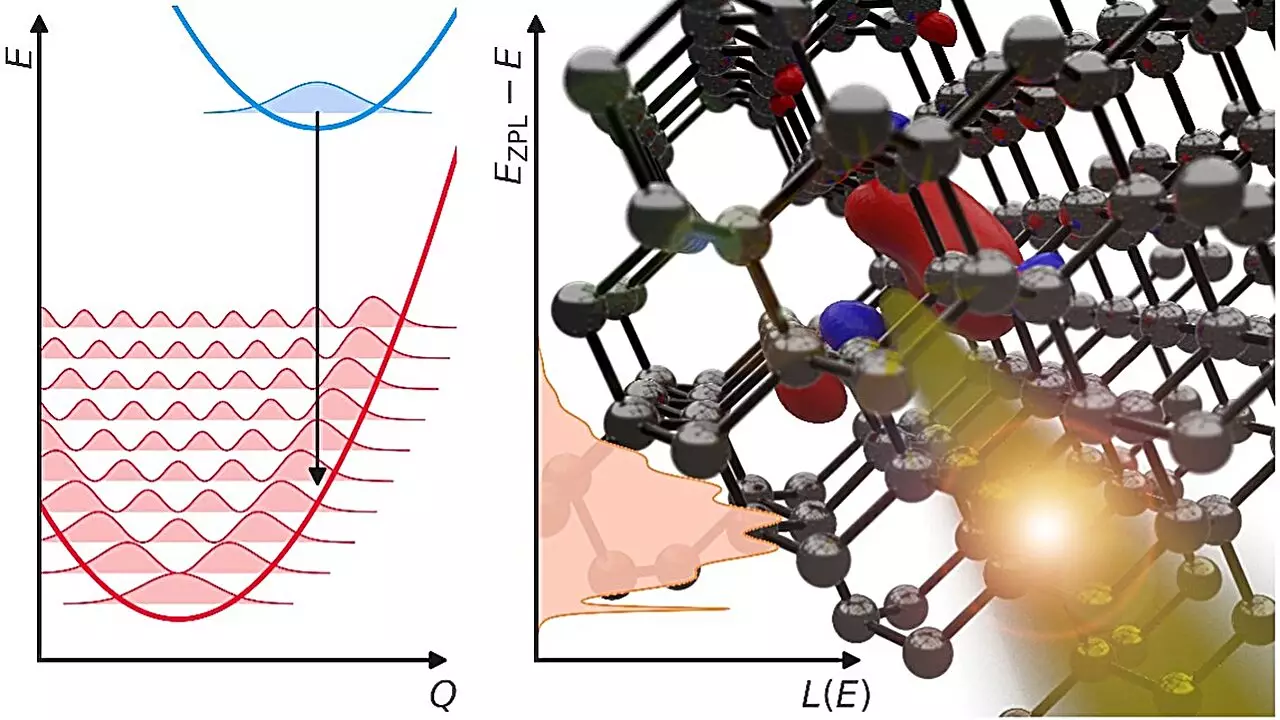The digital age has brought forth an exhilarating transformation in how we interact with technology, leading us to the dawn of quantum computing. Yet, as we stand at the cusp of this revolutionary leap, a compelling question arises: What is the potential of a quantum computer without an equally advanced quantum internet? This intriguing inquiry emphasizes the importance of connectivity in our modern technological ecosystem, echoing the long-standing notion that data integrity is crucial for communication over vast distances. At the heart of this challenge lies the foundation of quantum information transfer, where the unique properties of photons—a special kind of particle of light—hold the key.
Photons, the fundamental quanta of light, possess remarkable characteristics that distinguish them from other quantum particles. Notably, they exhibit an impressive resilience by interacting minimally with their environment, rendering them ideal candidates for transporting quantum information. This quality is indispensable for maintaining the precarious state of entanglement, which is vital for the successful operation of quantum computing systems. However, achieving seamless transmission of photons over long distances requires overcoming significant technical challenges, particularly in generating and manipulating photons that fall within the optimal wavelength range for communication—often referred to as the telecom wavelength band.
The Quest for Efficient Quantum Emitters
Recent studies have shed light on the complexities of generating photons suited for this purpose. Researchers from the UC Santa Barbara College of Engineering have embarked on an ambitious quest to optimize photon emission, focusing on atomic-scale defects within crystals known as quantum defects. These defects can be engineered to produce single photons in specifically defined quantum states, but the journey has been fraught with obstacles due to the inherent vibrations of atoms surrounding these defects.
The work led by Professor Chris Van de Walle and his dedicated team provides valuable insights into why efficiency decreases sharply when moving from visible light wavelengths into the infrared spectrum necessary for telecom applications. The group employed sophisticated theoretical models to examine the interaction between atomic vibrations and photon emission, revealing a significant correlation between vibrational energy absorption and the efficacy of photon emissions. This revelation opens up avenues for engineering solutions to enhance the brightness and efficiency of these quantum emitters.
Engineering the Future: Strategies for Emission Enhancement
The findings underscore a crucial aspect of quantum technology advancement—the need for meticulous engineering of both the host materials and the vibrational characteristics at the atomic level. Mark Turiansky, who spearheaded the research, has emphasized that selecting the right materials is a game-changing strategy to mitigate energy loss during photon emission. By leveraging precise atomic-scale modifications, it is possible to unlock the potential of these defects to emit photons more efficiently and reliably.
Moreover, an innovative approach has emerged in the form of coupling photon emitters to photonic cavities. This technique promises to amplify emission strengths significantly, benefiting from insights provided by inter-disciplinary collaboration within the research team. Such a collective effort showcases the potential of diverse expertise to push the boundaries of quantum technology, promising brighter prospects for the quantum networks of tomorrow.
The Vision for Quantum Networking
The vision of a robust quantum internet is tantalizing, offering the prospect of ultra-secure communications and transformative advancements across numerous fields, including cryptography and data transmission. As researchers tackle the challenges associated with photon generation and transmission, a new realm of possibilities emerges—one where quantum computers can seamlessly communicate, collaborate, and harness computational power like never before.
The assurance that comes from efficient quantum emitters can pave the way for establishing enduring quantum networks that are not only functional but also scalable. The research at UC Santa Barbara exemplifies the pioneering spirit needed to transition from theoretical concepts to practical applications, laying the groundwork for a connected quantum future. As scientists continue to explore, innovate, and refine their understanding of photon dynamics, they inch closer to realizing a world where quantum computing synergizes with an equally advanced quantum internet, creating unprecedented opportunities for the future of technology.


Leave a Reply